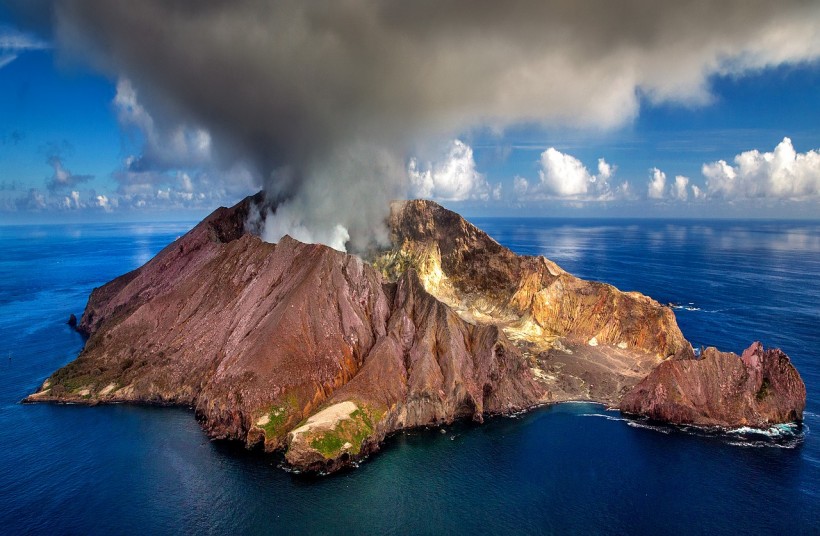A new study found that the plumes that feed volcanic hotspots on Earth are cooler than previously expected. This means geologists must develop a new explanation of the geological processes in volcanic islands, such as Hawaii, Iceland, and the Galapagos Islands.
Volcanic hotspots were thought to be fed by hot plumes coming from deep in Earth's mantle when it expands and rises in response to high temperatures. Scientists suggest in their new study that volcanic hotspots may not have always emerged from giant plumes of scorching hot rocks from the core.

Some Volcanic Hotspots Fueled By Material Not As Hot As Expected, Shedding Light on Mysterious Geologic Processes
Challenging the Classical Plume Theory
EurekAlert! reported that hotspots in volcanic islands on Earth are surprising cooler and may not originate from the mantle, challenging the classical plume theory.
On Earth, scientists have recorded two types of volcanism in which the dominant type is driven by the large circulation of Earth's mantle and happens where tectonic plates meet. Science News explains that the first type where most volcanic activities occur near the edges of tectonic plates creates a fresh crust as hot material that wells up from the mantle.
Meanwhile, geophysicist Xiyuan Bao from the University of California, Los Angeles said that more mysterious volcanic activity is also occurring in the middle of a tectonic plate far from mid-ocean ridges. Hotspots from this region came from the upwelling plumes from the deep mantle with excess temperatures ranging from 100 to 300 degrees Celsius.
He cited the volcanoes in the Ascension Island in the South Atlantic and the Pitcairn Islands in the South Pacific of the islands of Hawaii as an example of volcanoes created from such activity. Scientists believe that many volcanic islands are fed from rising hot material deep within the mantle like small packets of water that rise to the surface in a spot near-boiling water.
But the recent analysis in the study, titled "On the Relative Temperatures of Earth's Volcanic Hotspots and Mid-Ocean Ridges" published in Science, suggests that some isolated hotspots may be fueled by materials that are not as hot as scientists once thought. It casts doubt on the existing theory but could also help scientists find out the mysterious processes that unfold various sites of volcanism in tectonic plates.
ALSO READ: Pieces of Evidence Pointing to the Existence of A Phantom Crater Found in Laos
Cold Hotspots Found
According to New Scientist, study co-author Carolina Lithgow-Bertelloni from UCLA and her colleagues found that many hotspots are fed with a cold material, which could mean there are other mechanisms at work. She noted that despite this, they are still considered hotspots and may still have a little warm material although they do not come from deep in the mantle.
They calculated the temperature in the volcanic hotspots, ruling out direct access from the upper mantle between 125 to 372 miles (250 to 600 kilometers) deep. The team then measured the seismic waves that travel underneath volcanic hotspots and estimated temperatures based on previous models of the rock make-up.
More than 50% of the hotspots they studied were less than 100 degrees Celsius, which is cooler than the classical plume theory states. That means those hotspots were not hotter than 36 degrees Celsius. They noted that findings suggest cooler temperature excess could mean very little driving force for materials to well up and rise to become fresh crusts.
They also studied the ratio of helium isotopes and found they differed between cold and hot hotspots, suggesting that they emerge from different parts of the mantle. Understanding these differences could reveal the history and development of Earth's tectonic plates.
RELATED ARTICLE: Researchers Create a New Technique in Reconstructing Past Volcanic Activities
Check out more news and information on Volcanoes in Science Times.














